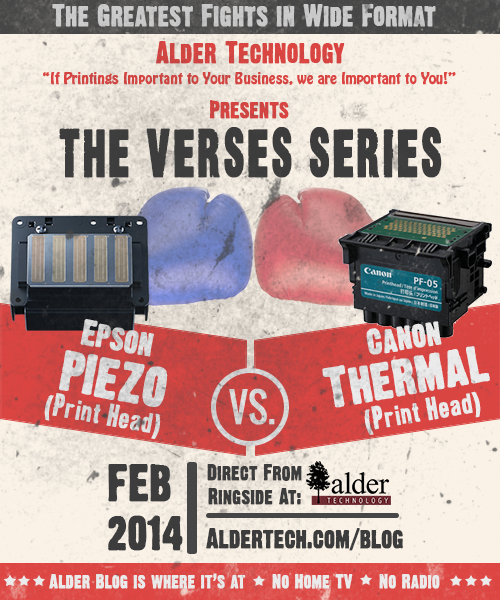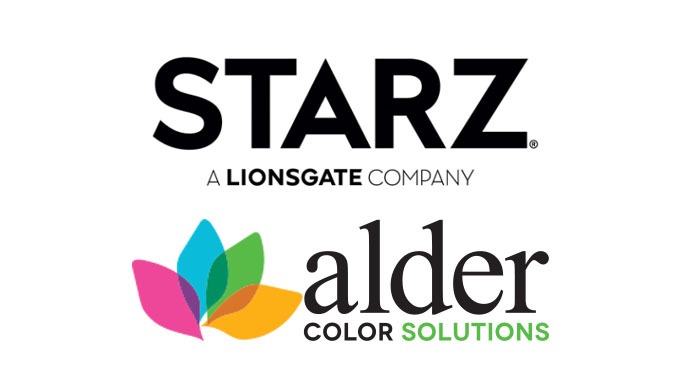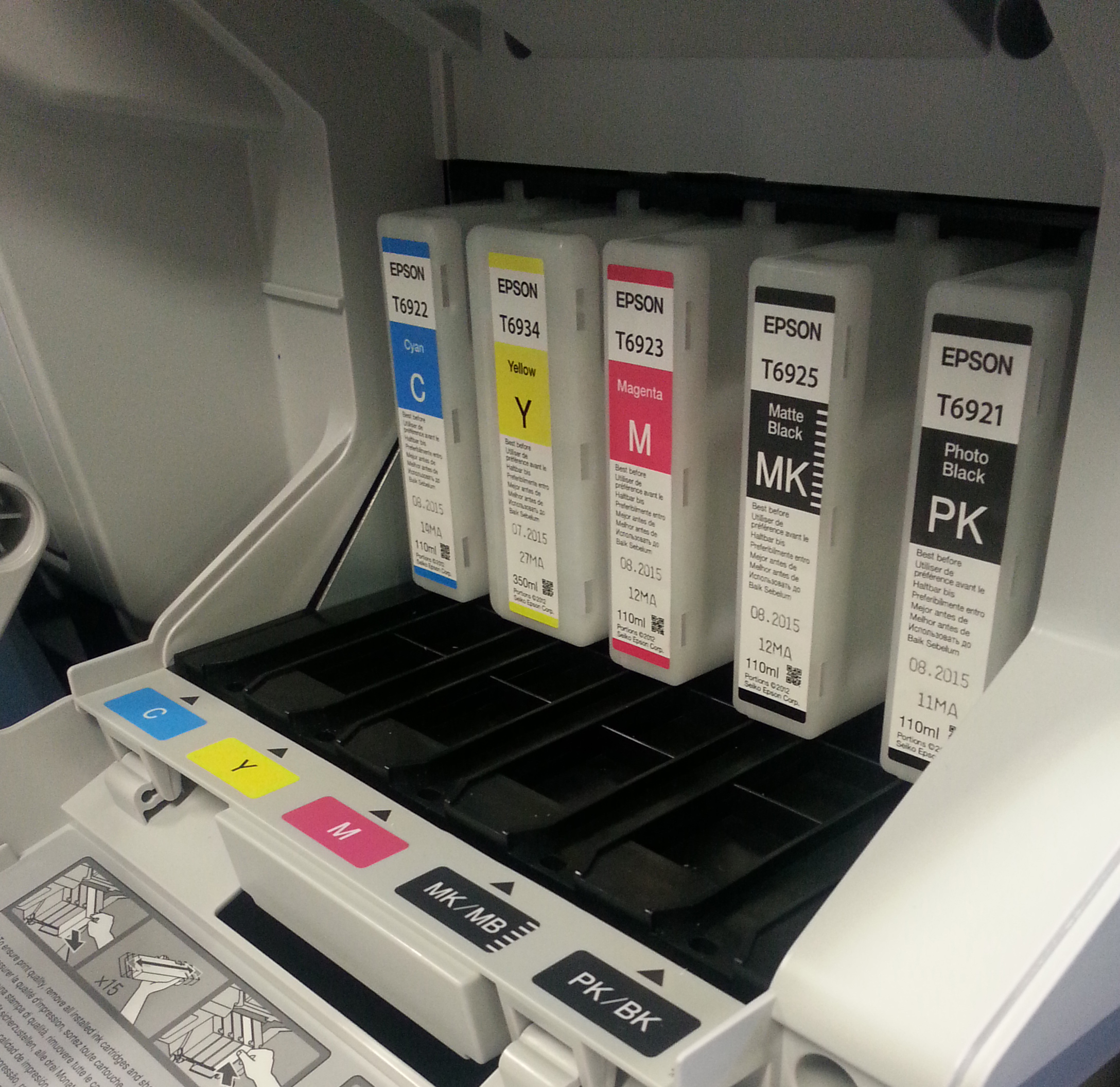Wide Format Dye Sublimation Ink Jet Printer Tips & Tricks – Part 2
by Dennis Halley, Digital Print & Textiles Development Specialist
Originally published December 12, 2017
Printer manufacturers have invested long hours of research & development and many thousands of dollars to perfect their dye sub printers & inks for the market. By following their service procedures and your local resellers advice, you can save yourself a lot of maintenance challenges by learning how to properly care for your printer investment and keep it running for years. Let’s look at printer warranty service and preventative maintenance areas.
When you purchase your printer, it will come with the manufacturer one year service warranty to cover any component that fails. On wide format printers this is usually an on site service warranty to cover parts that break due to normal operation or failure. These warranties can also be extended for another couple of years for peace of mind. Pretty nice insurance when a print head replacement can run $1,500 to $2,500 as well as other components, labor and on site break fix mount up, so keep this in mind. If you are properly maintaining your printer, this can prevent some of these expensive component failures down the road, thus avoiding costly service calls, down time and costly waste.
So, what are some of the most common critical components that would need to be checked and cleaned during a preventative maintenance of your wide format dye sub ink jet printer?
Capping Stations are where the expensive print head rests on when not in use. They provide a seal against the nozzles on the head to prevent them from drying out. You can learn how to view these and inspect them for lint, ink and paper debris and clean easily with a lint free swab. Your installer can show you how to inspect and clean these.
Wiper Blades are a very simple piece of flexible plastic that gently “wipes” across the print head to keep it clear of ink and debris during the printing operation. Some printers also have a lint free fiber wiper roll to keep the heads clean. Both of these components are easy to change and don’t cost much. Remember, an ounce of prevention is worth a pound of cure!
Pumping or Flushing stations are designed to catch ink from head cleanings and exercise the print head nozzles as they spit a small amount of ink out. These gently suck ink from the heads and nozzle lines to keep ink flowing and often are part of the “ Pump Capping Station “ on most models. The wiper is usually part of this station, as well. So to pull this into perspective if you were able to clean and inspect this area often, it will usually tell you if you are facing problems prior to print head failure. A nozzle check will usually point this out. On older printers, this station should be replaced on a routine basis by a qualified technician to keep your printer performing in top condition. This can save an expensive head replacement if done in time and properly installed.
Understanding how printers are made, how to best maintain your own printer and a bit more about the dynamics of dye sublimation ink manufacturer will also help you to learn how to keep your printer investment in good operation. Let’s review a bit more about the importance of dye sublimation ink dynamics and how that moves through your wide format printers ink delivery system.
Wide Format ink delivery is from sealed bags, tanks or closed cartridge systems. Each manufacturer has designed these systems for optimum performance and if you are experiencing any issues, this is a good place to start looking for issues. Dye sublimation printers need to send this special ink through the system to reach the print head damper screens and ultimately to the print head for delivery. Dye sub inks are a special type of aqueous pigment ink that is held in suspension with some pretty complex chemical agents, so be sure that you always follow the manufacturer directions, care and handling, dating and quality of the inks. Buying cheap ink from China or outdated inks is not a good idea when they can ruin your printers ink delivery system. Remember that often you get what you pay for and not to take shortcuts when it comes to quality and proper maintenance of your printer investment!
In summary, by keeping your dye sub printer properly maintained and learning how to protect that investment, you can gain many years of good use, produce high quality production and reduce your exposure to costly repairs.





